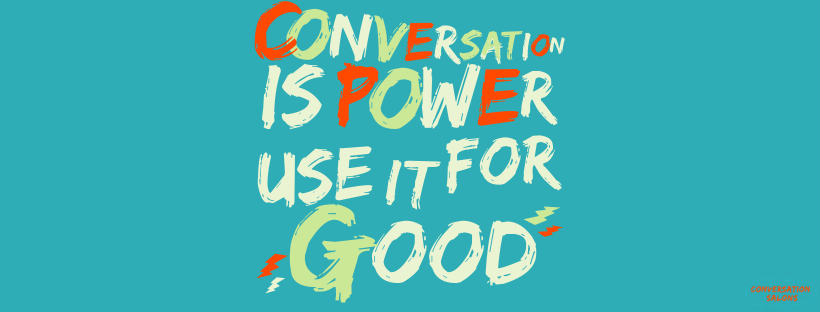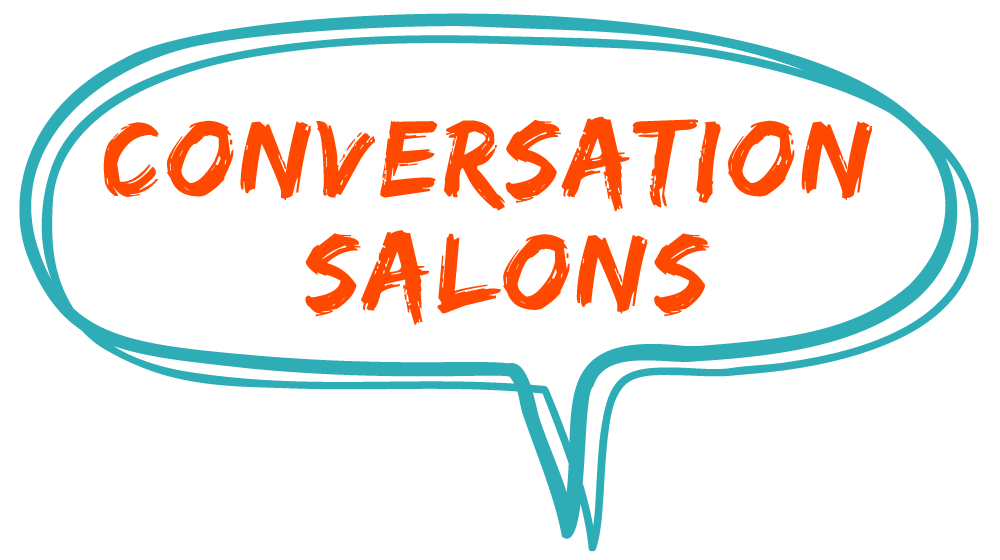
by Stacey Malaniff
Ever wonder why you just don’t click with some people despite your best efforts? You’ve just spent ten minutes trying to engage with your colleague at a work do and it’s going about as well as a bike with no wheels. Eager to ease the tension; you ask questions and try to find common ground. But you’re met with one sentence answers and then silence. This is not exclusive to networking, even at family occasions, with people I have known my whole life, I still have no idea how to get a good conversation going with them. It’s a wonder we can make friends at all.
This article is to help you (and me) understand our different conversation styles, so that we can build on our communication skills, network and confidence. More effective communication at home and at work leads to richer relationships, more opportunities, not to mention a reduction in our stress levels.
1. Direct
Do you say what you mean and mean what you say? Your level of directness may depend on a lot of factors; where you were born, how many siblings you had; or even your previous work experience. In the words of a particular shampoo company, maybe you were born with it, or maybe it was something you had to learn to be heard within your environment – and now you just can’t switch it off. Direct people have no problem asking questions outright, while those on the receiving end may feel like they’re being put on the spot.
2. Indirect
A lot of people are more indirect in their approach. It can be a good idea to ease into a conversation with pleasantries and small talk before getting to the hard-hitting questions. However, you might have already lost the attention of a more direct person who is disinterested in such superficial exchanges. Indirect people often feel this type of conversation is necessary and polite especially within a working environment but studies show that indirect communicators tend to be less successful in their careers than their more direct counterparts.
3. High-Involvement
High-involvement communicators are people who go beyond the simple listening cues and tend to speak over each other in a conversation out of enthusiasm for the topic. In some cultures this is seen as normal communication and a way of showing your interest. However, in cultures such as our own, this can be viewed as poor communication practise and a lack of listening skills. In these cultures, high-consideration would be the preferred type of communication.
4. High-Consideration
Obvious in its meaning, a high considerate conversationalist is more considerate of other people’s speaking time. Depending on how low your ‘involvement’ is, some don’t even give listening cues such as ‘mhmm’ or ‘really?’. These simple gestures reassure the speaker that they still have an audience. The absence of much feedback is found disconcerting to some people who are more used to high levels of engagement in their conversations

5. Elaborate
Elaborate communicators use a lot of figurative language, metaphors and proverbs. This can make communication with non-native speakers more challenging. You may find it difficult to express yourself using the more literal phrases of your language.
6. Succinct
A succinct communicator uses long pauses and understatements in conversations.
7. Contextual
Different statuses are taken into account to help decide the level of formality to be used. In some languages contextual communication is built in to the vocabulary. For example the formal ‘you’ in German is ‘Sie’, rather than the regular ‘du’ which is reserved for peers and family.
8. Personal
Personal communication is naturally less formal and focuses on the individual and disregard status differences.
9. Instrumental
Wherein communication is used as a tool and is very goal-oriented with explicit messages.
The Conversation Salons are a place where diversity is celebrated. We see people of all ages, nationalities and professions walk through our doors to enjoy a menu of gripping topics, so no doubt you will spot all of these communication styles at our next event. Which of these styles are most aligned with how you communicate? Has your style changed over time? Join the conversation below.
